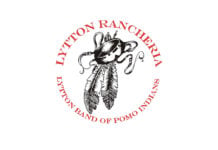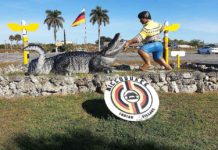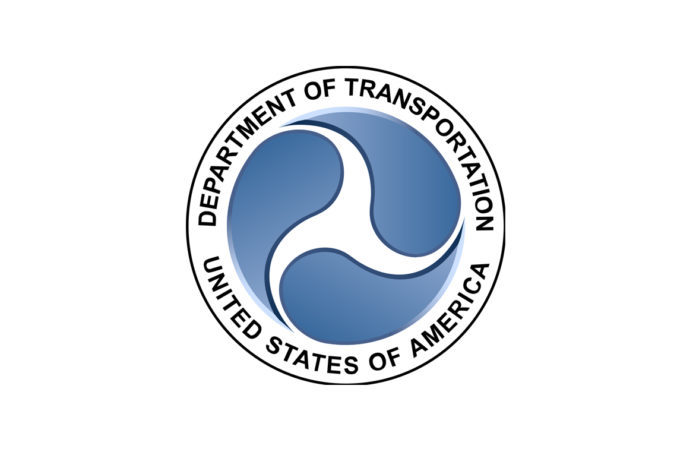WASHINGTON, D.C. – The U.S. Department of Transportation’s Federal Highway Administration (FHWA) announced that 51 tribes will receive $8.9 million for 58 projects from FHWA for Fiscal Year 2021 to improve transportation safety. This new grant announcement comes in addition to $120 million to assist tribes in the coming years through the Tribal Transportation Program Safety Fund, made possible by the President’s Bipartisan Infrastructure Law, and now available for Fiscal Years 2022 through 2026. This combined funding will help fulfill the goals laid out in the Department’s National Roadway Safety Strategy announced earlier this year, which comes amid a troubling spike in roadway deaths of drivers, passengers, pedestrians, and cyclists, particularly among Native Americans.
“At a time when Native Americans are more likely than any other group in our country to lose their lives in roadway crashes, these funds from the President’s Bipartisan Infrastructure Law will help improve safety in Indian Country,” said U.S. Transportation Secretary Pete Buttigieg.
“There are projects that we know are the most likely to reduce fatalities and serious injuries and this historic funding opportunity aims to improve transportation safety in tribal areas,” said Deputy Federal Highway Administrator Stephanie Pollack. “Simple changes like adding rumble strips, better lighting, or clearer stop signs can and will save lives in communities across the country. FHWA is ready to assist tribal leaders in their work to make travel safer in Indian Country.”
The complete list of grant recipients for FY 2021 is available at TTPSF FY2021 Grant Recipients.
The recipients announced include 11 tribes that have not previously participated in the program and will receive funding to develop their first-ever transportation safety plans.
Among the FY 2021 grant recipients are:
- The Red Lake Band of Chippewa Indians in Minnesota will receive a $268,000 grant for lighting at 40 high-risk intersections.
- The Sisseton-Wahpeton Oyate of the Lake Traverse Reservation in South Dakota will receive $500,202 to improve safety for motorists and pedestrians by adding rumble strips, more permanent street markings, more pronounced stop signs with LED lights, and roadway departure countermeasures at two high risk locations.
- The Navajo Nation in Arizona will receive a $981,402 grant to add safety features that can prevent drivers from driving off the road on high-risk routes.
- The Native Village of False Pass in Alaska will receive a $12,500 grant to develop the tribe’s first transportation safety plan.
- The Mashantucket Pequot Tribal Nation in Connecticut will receive a $7,500 grant to update its 2018 transportation safety plan.
This funding opportunity builds on the U.S. Department of Transportation’s efforts to improve the safety of our nation’s roadways for all road users, including through the new Safe Streets and Roads for All (SS4A) discretionary grant program that will provide $1 billion in Fiscal Year 2022 to support regional, local, and tribal plans, projects and strategies that will prevent roadway deaths and serious injuries. The Safe Streets for All program supports the Department’s National Roadway Safety Strategy and the goal of zero deaths and serious injuries on our nation’s roadway.
The President’s Bipartisan Infrastructure Law provides the largest funding ever in the history of the Tribal Transportation Program, which includes the safety fund, by increasing the total authorized from $2.4 billion under the Fixing America’s Surface Transportation Act to $3 billion for Fiscal Years 2022 through 2026.
Reflecting feedback from tribal transportation leaders, under the Tribal Transportation Program Safety Fund (TTPSF) program, tribes can apply for funding at 100 percent federal share with no matching requirement to implement projects in four categories: transportation safety plans; data assessment, improvement, and analysis activities; systemic roadway departure countermeasures; and infrastructure improvements such as intersection safety improvements, shoulder widening and pedestrian or bicyclist safety improvements.













































